This article was medically reviewed by Erik Kramer, DO, MPH and by wikiHow staff writer, Eric McClure. Dr. Erik Kramer is a Board-Certified Primary Care Physician at the University of Colorado. With over 15 years of experience, his clinical interests include obesity and weight management, diabetes care, and preventive care, as well as embracing a holistic approach to primary care. He received his Doctorate in Osteopathic Medicine (D.O.) from the Touro University Nevada College of Osteopathic Medicine and completed his residency at Central Maine Medical Center. Dr. Kramer is a Diplomate of the American Board of Obesity Medicine.
There are 22 references cited in this article, which can be found at the bottom of the page.
This article has been viewed 29,952 times.
Popcorn lung is a nickname for bronchiolitis obliterans, a rare condition where the smallest airways in your lung get irritated and inflamed. It got its name after a physician discovered that microwave-popcorn factory workers were developing this condition in alarming numbers.[1] The physician discovered the culprit was diacetyl, the chemical used to create that fake-butter flavor found at movie theaters and in instant popcorn. A deeper investigation into diacetyl revealed that it is also found in e-cigarette juices, THC cartridges, and certain noxious chemicals.[2] Unfortunately, popcorn lung is irreversible, but there are plenty of steps you can take to minimize the risk of developing the condition, and the odds that your cough is a sign of popcorn lung are extremely low.[3]
Steps
Recognizing Symptoms of Popcorn Lung
-
1Look for a dry cough combined with shortness of breath. If you’re coughing up mucus or your coughing is triggered by nasal fluids in the back of your throat, it isn’t popcorn lung. One of the key identifying factors is a dry cough with no phlegm or mucus, combined with a passive feeling of shortness of breath. These symptoms gradually get worse over a period of weeks or months. If you don’t have either of these symptoms, it is extremely unlikely that you have popcorn lung.[4]
- If you work around chemicals or at a factory, popcorn lung can be triggered by a powerful exposure to several noxious chemicals. If these symptoms set in 2-12 weeks after intense exposure to a gas, smoke, or chemical odor, it’s time to see a doctor.[6]
- Often, this coughing and shortness of breath will get worse with exercise or heavy lifting.
- If your cough is wet or you’re hacking up phlegm and you have other symptoms listed here, you may have bronchiolitis. This condition usually goes away on its own after a few days.[7]
Warning: If your shortness of breath gets to a point where it’s hard to breathe, go to the emergency room. Don’t wait for the symptoms to get worse.[5]
-
2Take your temperature to see if you’re running a fever when you’re fatigued. A flu-like fever and feeling of fatigue are major indicators of popcorn lung. These symptoms may disappear and come back periodically, so wait until they come on to take your temperature. If you’re running a fever and feel especially tired, you could have popcorn lung.[8]Advertisement
-
3Hop on a scale every day to determine if you’re losing weight. Unexplainable weight loss is another common indicator of popcorn lung, but it can be hard to tell if you’re losing weight if you haven’t weighed yourself recently. Get on the scale every day to see if you’re losing weight over time. If you are and your appetite hasn’t radically changed, you may have popcorn lung.[11]
- If you’re losing weight, have several of these other symptoms, and you’re coughing up blood, talk to a doctor about lung cancer. It’s unlikely that you have lung cancer so don’t be alarmed, but it’s better to be on the safe side.[12]
-
4Listen to your breathing to see if you’re passively wheezing. The last symptom of popcorn lung is quiet wheezing. Listen carefully when you’re breathing to see if there’s a kind of squeaking or grainy sound coming out of your throat when you aren’t actively exercising or moving. If you have all of these symptoms, you may have popcorn lung.[13]
- The wheezing symptom is not universal. You can still have popcorn lung without the wheezing, although this is fairly uncommon.[14]
- Wheezing when you’ve just finished running or lifting can be caused by any number of things—you’re looking to see if you’re wheezing when you aren’t exerting yourself here.
- The people that experience the wheezing tend to notice the sound gets louder over time.
Completing Diagnostic Tests
-
1Meet with your primary care doctor to go over your symptoms. If you think you have popcorn lung, schedule an appointment with your primary care doctor. Get an examination and explain your symptoms to see what your doctor thinks. If your symptoms match the description of popcorn lung, your doctor may have you take some diagnostic tests to get a better picture of what’s going on.[15]
Tip: Try not to worry too much—popcorn lung is exceptionally rare. It is very unlikely that you actually have this condition and your doctor may explore bronchitis or asthma first just to rule the out the usual suspects first.
-
2Get a CT scan of your chest to let your doctor take a look at your airways. The first step for diagnosing lung issues is typically a CT scan. If your doctor refers you for one, show up at the testing center or hospital. Change into the hospital gown and lie down on the scanner platform. Then, you will be injected with a contrast dye so that it’s easier for the doctors to see what’s going on inside you and the scan will commence. Complete the CT scan and wait for the results to come back.[16]
- You may be asked not to eat or drink before taking your CT scan.
- You cannot wear anything metal for a CT scan. Be sure to take your jewelry off before lying down for the exam.
- If you are being injected with a contrast dye, you may feel some slight discomfort as the dye enters your bloodstream. It may feel like you’re urinating or you were suddenly exposed to some extremely cold air. This feeling will dissipate after a minute or two, so don’t worry!
- Your doctor or radiologist will check the CT scan for signs of air trapped in your lungs, as well as thickening of the walls of the bronchi (the passageways that let air in and out of your lungs).
-
3Complete a pulmonary function test to assess your lung capacity. A pulmonary function test (PFT) is a noninvasive breathing test. Show up for your PFT test and follow the lab technician’s instructions. You will breathe into a tube by inhaling, exhaling, and completing breathing exercises to complete this test. Once you’re done, wait for your doctor to contact you to go over the results.[17]
- This test will help measure how well oxygen and carbon dioxide can travel between your lungs and your blood, as well as the level of oxygen in your blood as you move around.
- Many people compare this test to using a breathalyzer. You don’t need to worry about experiencing pain or anything like that.
- If you have popcorn lung, the results of this test may appear normal, or there may be signs of air getting trapped in your lungs. With popcorn lung, the air trapping or obstruction symptoms won’t get better when you use an albuterol inhaler.
-
4Have a lung biopsy if the first 2 tests point towards popcorn lung. A lung biopsy is usually the last step in confirming popcorn lung. This can sound scary, but it’s a very low-risk procedure and you’ll either get a local or general anesthetic, so you shouldn’t feel any pain. The doctors will remove a tiny piece of lung tissue and analyze it to see if you have the stereotypical scarring and inflammation associated with popcorn lung.[18]
- A local anesthetic is basically a numbing cream that goes on your skin and keeps you from feeling pain. This is typically used for a needle biopsy where the doctors extract the sample with a needle.[19]
- A general anesthetic is used to put you to sleep. This is usually done for a thoracoscopic biopsy where the doctors make a small incision to extract a larger sample.[20]
-
5Meet with your doctor to go over the results and cover the next steps. The odds are very low you actually have popcorn lung. If you do have this condition, your doctor will meet with you to go over the results and explain the next steps. Unfortunately, popcorn lung is irreversible and incurable. However, you can certainly manage the symptoms and your doctor will go over your treatment options with you.[21]
- In the vast majority of cases, the only way to manage the symptoms is to quit smoking, avoid noxious chemicals, and use an oxygen supplement to help you breathe more easily.
Preventing or Managing Symptoms
-
1Stop smoking if you’re an active nicotine user. Smoking is generally not good for your health—especially when it comes to your lungs. Breathing in noxious smoke and chemicals increases your risk factor for popcorn lung and it will make the symptoms worse if you’ve already been diagnosed. Quitting smoking is tough, but your odds of success improve with every attempt, so make an honest effort to cut nicotine out of your life.[22]
- Nicotine patches and nicotine gum are a great option if you want to ween your body off of nicotine over time.
- There are prescription medications you can take to suppress your urge to smoke. Ask your doctor about these medications and get a prescription to make quitting easier.
-
2Stay away from flavored e-liquids if you vape. If you’re an e-cigarette user, do not use flavored juices. Stick with the standard tobacco flavors to minimize the odds that you’re exposed to diacetyl. While the research is still inconclusive on whether vaping causes popcorn lung, what is clear is that many flavored juices contain diacetyl—the chemical responsible for triggering popcorn lung.[23]
- It’s probably healthier to vape than smoke cigarettes, so don’t pick the butts back up if you’re working on quitting. Just try to avoid flavored liquids and only purchase vape supplies from reputable sources while you work on cutting back.[25]
Tip: In a now-famous study from 2015, researchers at Harvard tested flavored e-cigarette liquids. They discovered that 39 of the 51 flavors they tested contained diacetyl.[24] While it’s unclear whether vaping these juices alone is enough to trigger popcorn lung, the flavored juices certainly aren’t helping anything. It’s probably better to leave the fancy flavors alone.
-
3Quit smoking marijuana—especially if you’re using THC cartridges. If you use a marijuana vape pen, stop. The THC cartridges almost always contain diacetyl, which is the main cause of popcorn lung.[26] Standard marijuana is probably safer, but it still contains acetaldehyde which is known to trigger a type of popcorn lung. If you can, work to cut the marijuana out to reduce your risk or symptoms.[27]
- In the past 5 years, there have been several big news stories about teenagers being hospitalized for vaping. Almost all of these cases were caused by smoking THC vape pens that were packed with high-concentrations of diacetyl.[28]
- Despite popular myths, marijuana is not harmless and it can become addictive.[29] Luckily, there are plenty of actionable ways to quit marijuana, including lifestyle changes, therapy, and support groups.
-
4Avoid nitrogen oxides, ammonia, welding odors, and food flavoring fumes. These chemicals are not common unless you work in a factory or on a construction site, but they all damage the lungs and make you susceptible to popcorn lung. If you do work with any chemicals that can harm the lungs, always wear a respirator when you’re on the job site. This will reduce your risk of popcorn lung.[30]
- Nitrogen oxides are almost exclusively found in rocket fuel or explosives.
- Mustard gas, fiberglass, coal dust, chlorine gas, and fly ash can also damage your lungs and make you susceptible to popcorn lung.[31]
- There are other chemicals that can harm the lungs, but these odors are specifically dangerous when it comes to popcorn lung.
-
5Use oxygen supplementation if you do end up developing the condition. If you do get popcorn lung, your doctor will likely prescribe a form of oxygen supplementation. You may use an oxygen tank for a prescribed period every day at home, or you may be asked to carry one with you permanently to keep your lungs happy and healthy. Use this oxygen therapy to reduce your symptoms and make it easier to breathe.[32]
- It can be a pain to lug an oxygen supply around, but you’ll get used to it. Eventually, it will feel no different than bringing your phone or keys with you when you go out, so try not to get frustrated if you’re prescribed to use oxygen therapy permanently.
- You may be prescribed antibiotics, steroids, or immunosuppressive drugs to prevent complications from popcorn lung, but these medications don’t technically treat your lung condition.[33]
- In severe cases, you may need a lung transplant.[34]
Warnings
- If you have shortness of breath and you’re struggling to breathe, go to the emergency room.[37]⧼thumbs_response⧽
References
- ↑ https://www.cdc.gov/os/wewerethere/diacetyl/index.html
- ↑ https://publichealthmatters.blog.gov.uk/2018/02/20/clearing-up-some-myths-around-e-cigarettes/
- ↑ https://www.bbc.com/news/world-us-canada-50494871
- ↑ https://jamaicahospital.org/newsletter/what-is-popcorn-lung-and-can-vaping-cause-it/
- ↑ https://hcamidwest.com/blog/entry/should-i-go-to-the-er-with-shortness-of-breath
- ↑ https://www.pulmonologyadvisor.com/home/decision-support-in-medicine/pulmonary-medicine/toxic-inhalational-lung-injury/
- ↑ https://www.lung.org/lung-health-diseases/lung-disease-lookup/bronchiolitis/symptoms-diagnosis-treatment
- ↑ https://jamaicahospital.org/newsletter/what-is-popcorn-lung-and-can-vaping-cause-it/
- ↑ https://www.ncbi.nlm.nih.gov/books/NBK441865/
- ↑ https://www.health.harvard.edu/diseases-and-conditions/cracking-the-cough-code
- ↑ https://jamaicahospital.org/newsletter/what-is-popcorn-lung-and-can-vaping-cause-it/
- ↑ https://www.health.harvard.edu/diseases-and-conditions/cracking-the-cough-code
- ↑ https://rarediseases.info.nih.gov/diseases/9551/bronchiolitis-obliterans
- ↑ https://www.ncbi.nlm.nih.gov/books/NBK441865/
- ↑ https://rarediseases.info.nih.gov/diseases/9551/bronchiolitis-obliterans
- ↑ https://rarediseases.info.nih.gov/diseases/9551/bronchiolitis-obliterans
- ↑ https://www.hopkinsmedicine.org/health/treatment-tests-and-therapies/pulmonary-function-tests
- ↑ https://medlineplus.gov/ency/article/003860.htm
- ↑ https://www.hopkinsmedicine.org/health/treatment-tests-and-therapies/lung-biopsy
- ↑ https://www.hopkinsmedicine.org/health/treatment-tests-and-therapies/lung-biopsy
- ↑ https://jamaicahospital.org/newsletter/what-is-popcorn-lung-and-can-vaping-cause-it/
- ↑ https://www.cancerresearchuk.org/about-cancer/causes-of-cancer/cancer-controversies/does-vaping-cause-popcorn-lung
- ↑ https://www.cdc.gov/niosh/topics/flavorings/default.html
- ↑ https://www.hsph.harvard.edu/news/press-releases/e-cigarette-flavoring-chemicals-linked-to-respiratory-disease/
- ↑ https://www.nhs.uk/smokefree/help-and-advice/e-cigarettes
- ↑ https://www.health.harvard.edu/blog/evali-new-information-on-vaping-induced-lung-injury-2020040319359
- ↑ https://www.nationaljewish.org/conditions/bronchiolitis-obliterans
- ↑ https://www.cnn.com/2019/11/22/health/popcorn-lung-vaping-canada-study/index.html
- ↑ https://www.ncbi.nlm.nih.gov/pubmed/29556883
- ↑ https://rarediseases.info.nih.gov/diseases/9551/bronchiolitis-obliterans
- ↑ https://www.ncbi.nlm.nih.gov/books/NBK441865/
- ↑ https://jamaicahospital.org/newsletter/what-is-popcorn-lung-and-can-vaping-cause-it/
- ↑ https://www.ncbi.nlm.nih.gov/books/NBK441865/
- ↑ https://www.ncbi.nlm.nih.gov/books/NBK441865/
- ↑ https://www.ncbi.nlm.nih.gov/books/NBK441865/
- ↑ https://www.berkeleywellness.com/healthy-community/environmental-health/article/microwave-popcorn-danger
- ↑ https://hcamidwest.com/blog/entry/should-i-go-to-the-er-with-shortness-of-breath
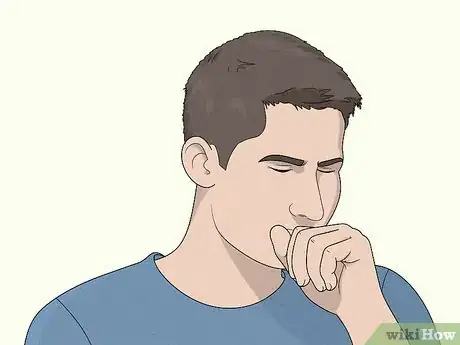


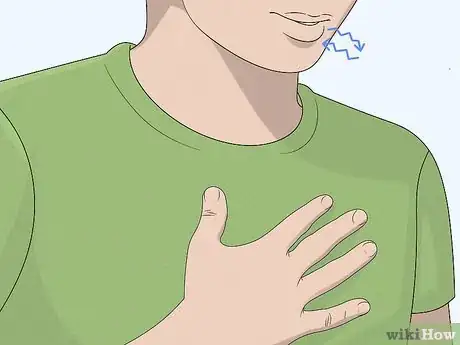

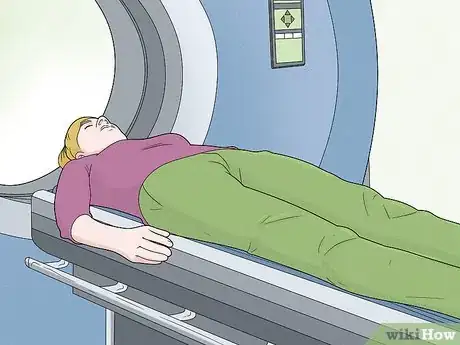
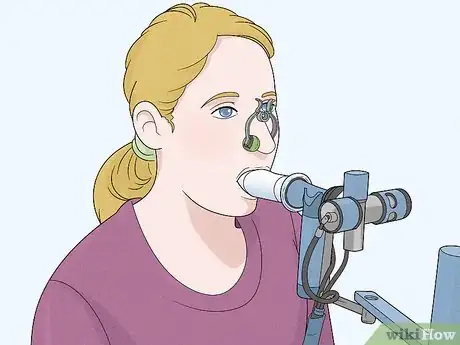
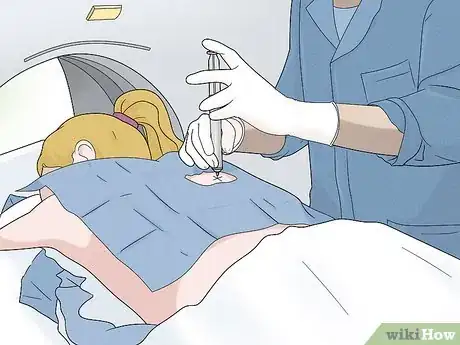
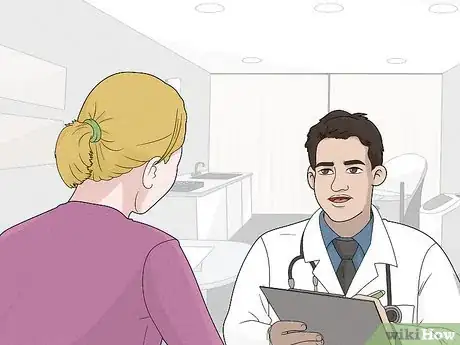



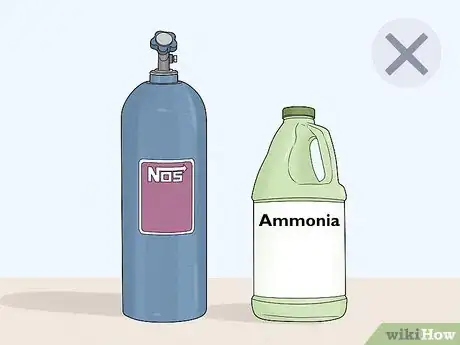
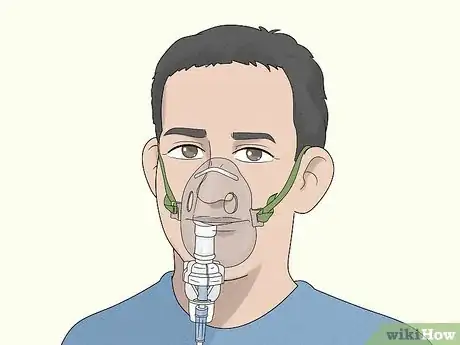

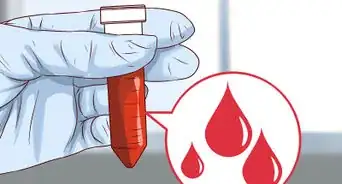


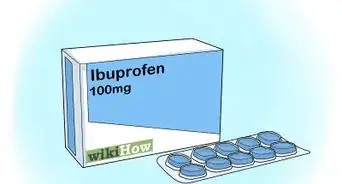








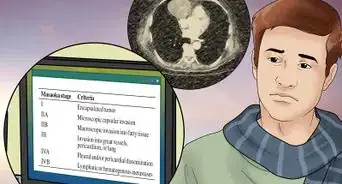







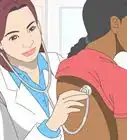
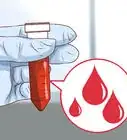





































Medical Disclaimer
The content of this article is not intended to be a substitute for professional medical advice, examination, diagnosis, or treatment. You should always contact your doctor or other qualified healthcare professional before starting, changing, or stopping any kind of health treatment.
Read More...